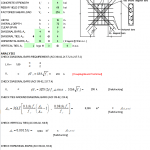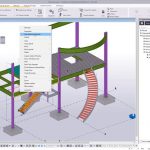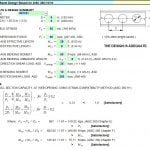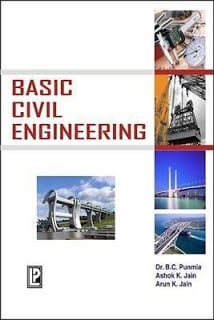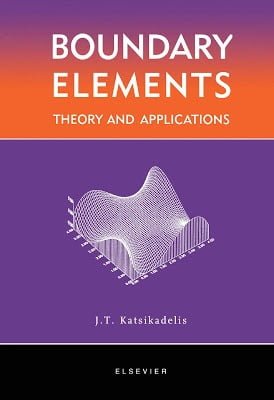
BOUNDARY ELEMENTS Theory and Applications
30 January 2018BOUNDARY ELEMENTS Theory and Applications
and an enormous and wide-spread availability of computational power. This has
boosted the development of computational methods and their application in engi-
neering and in the analysis and design of structures, which extend from bridges to
aircrafts and from machine elements to tunnels and the human body. New scientific
subfields were generated in all engineering disciplines being described as “Compu-
tational”, e.g. Computational Mechanics, Computational Fluid Mechanics, Com-
putational Structural Analysis, Computational Structural Dynamics etc. The Finite
Element Method (FEM) and the Boundary Element Method (BEM) are the most
popular of the computational methods. While the FEM has been long established
and is most well known in the engineering community, the BEM appeared later
offering new computational capabilities with its effectiveness, accuracy and low
computational cost.
universities, there is a noticeable lack of a textbook which could help students as
well as professional engineers to understand the method, the underlying theory and
its application to engineering problems. An essential reason is that BEM courses
are taught mainly as advanced graduate courses, and therefore much of the under-
lying fundamental knowledge of mathematics and mechanics is not covered in the
respective undergraduate courses. Thus, the existing books on BEM are addressed
rather to academia and researchers who, somehow, have already been exposed to
the BEM than to students following a BEM course for the first time and engineers
who are using boundary element software in industry.


